Track List
Side 1:
The Other Side of Twilight (25:03)
Side 2:
Moss Dance (5:45)
Numen (11:51)
The Walled Garden (10:32)
From the liner notes written in 1986, that came on a sheet inserted into the record sleeve:
“Numena” marks the beginning of an evolution in my musical interests. My previous cassette releases consisted primarily of meditative, improvised trance music, and dealt with very slow, elongated musical structures and an emphasis away form linear melodic development.
These features still exist in “Numena”, but there is a new emphasis. “Numena” is more complex than my previous works, and less improvisational, but moreover, it is the beginning of an effort to incorporate elements of dynamic harmony into my music–a fusion with the beautiful world of geometrical symmetry.
Of course, mathematical relationships abound in all forms of music, and are rarely accidental. But most Western composers have virtually ignored one critical areaa of mathematical relationships in their music: Harmony. The Western equal-tempered scale does not allow harmony to occur the way the ear hears it, but rather approximates harmony for the convenience of the twelve-tone mechanical keyboard.
There are few compelling reasons to stick with equal temperament, and many reasons to change. Just intonation–tuning based on small, whole-numbered ratios between notes–allows us to hear harmony the way it is constructed. Consonance in just intonation is far more consonant (and dissonance is far more dissonant!) than in equal temperament. “Numena” opens new ground for me in the area of just intonation. Developing on my past experience with pure intervals, “Numena” introduces a careful integration of harmonic structures into my music.
Rhythmic structures also play a larger role in “Numena” than in my previous releases. Rhythm simply extends harmonic relationships into longer periods of time. A polyrhythm is a chord, slowed down until each pulse can be distinguished. Rhythm and tonality can mirror each other, complementing and completing each other’s harmonies.
The principles of harmony show themselves throughout all of nature. Elements of rhythm, proportion, spatial patterns and natural growth all find their origins in the mathematics of dynamic symmetry. The fact that we are sensitive to these phenomena on an aesthetic level demonstrates a potentiality for higher perception in the human organism.
To become aware of these elements, to map them judiciously into a directly perceivable form, to experience and convey them simultaneously at multiple levels: these are my goals in these and future compositions.
The music of “Numena” is not background music, nor is it foreground music. It is neither intellectual nor is it extremely simplistic. Hopefully, it will function in all of these spheres, but most importantly, at a higher level.
I am not claiming that this music cannot be categorized. It can and will be, just like all spheres of human activity. People may call it ambient, minimalist, or space music, but I hope these categorizations won’t get in the way of the music and its intended purpose. I will not claim that “Numena” is an important work in and of itself, but it points to principles far greater than itself.
“Do not look at the hand, but take what is in it.”
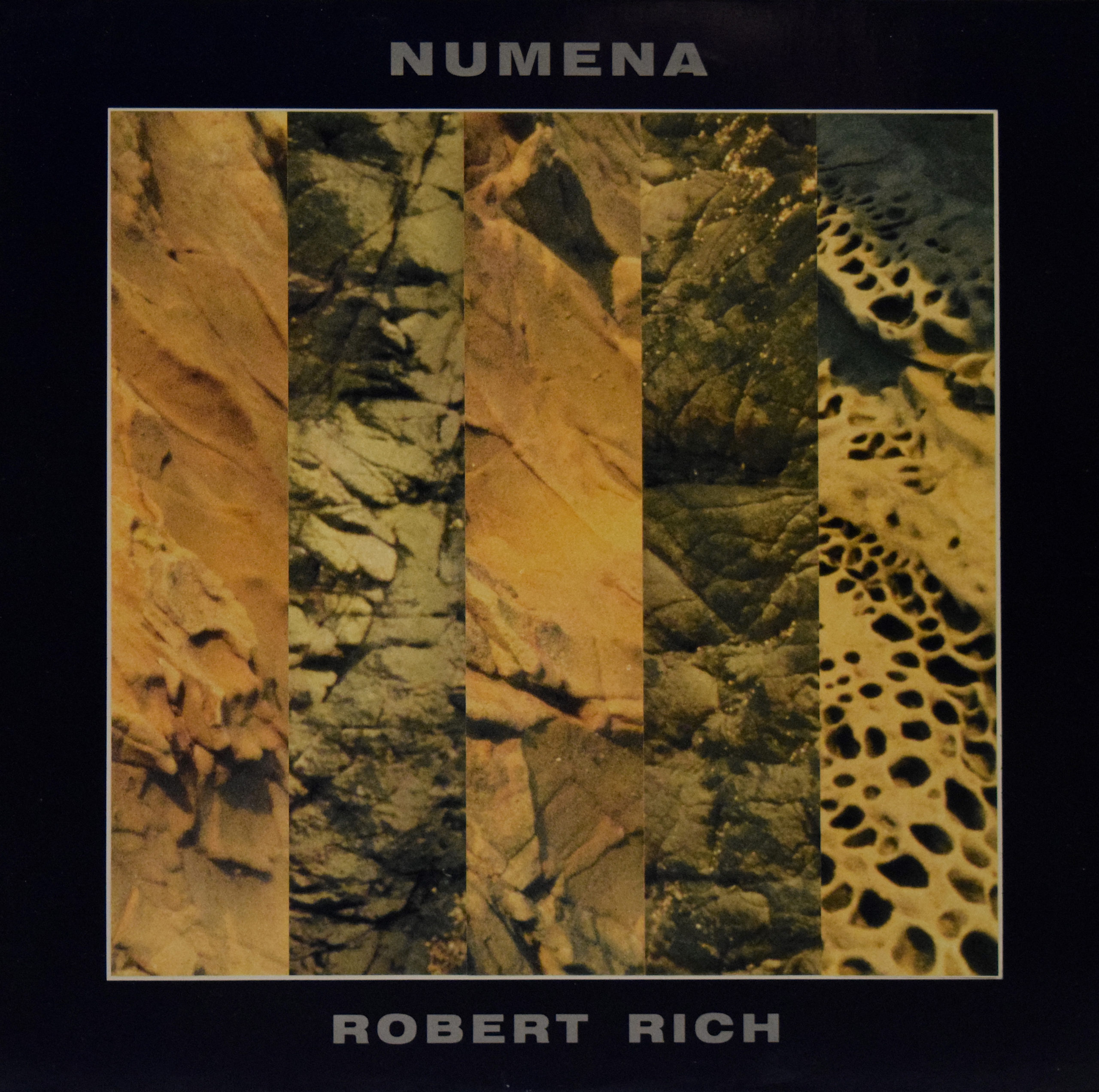
Numena original LP, 1987 (Multimood 005)
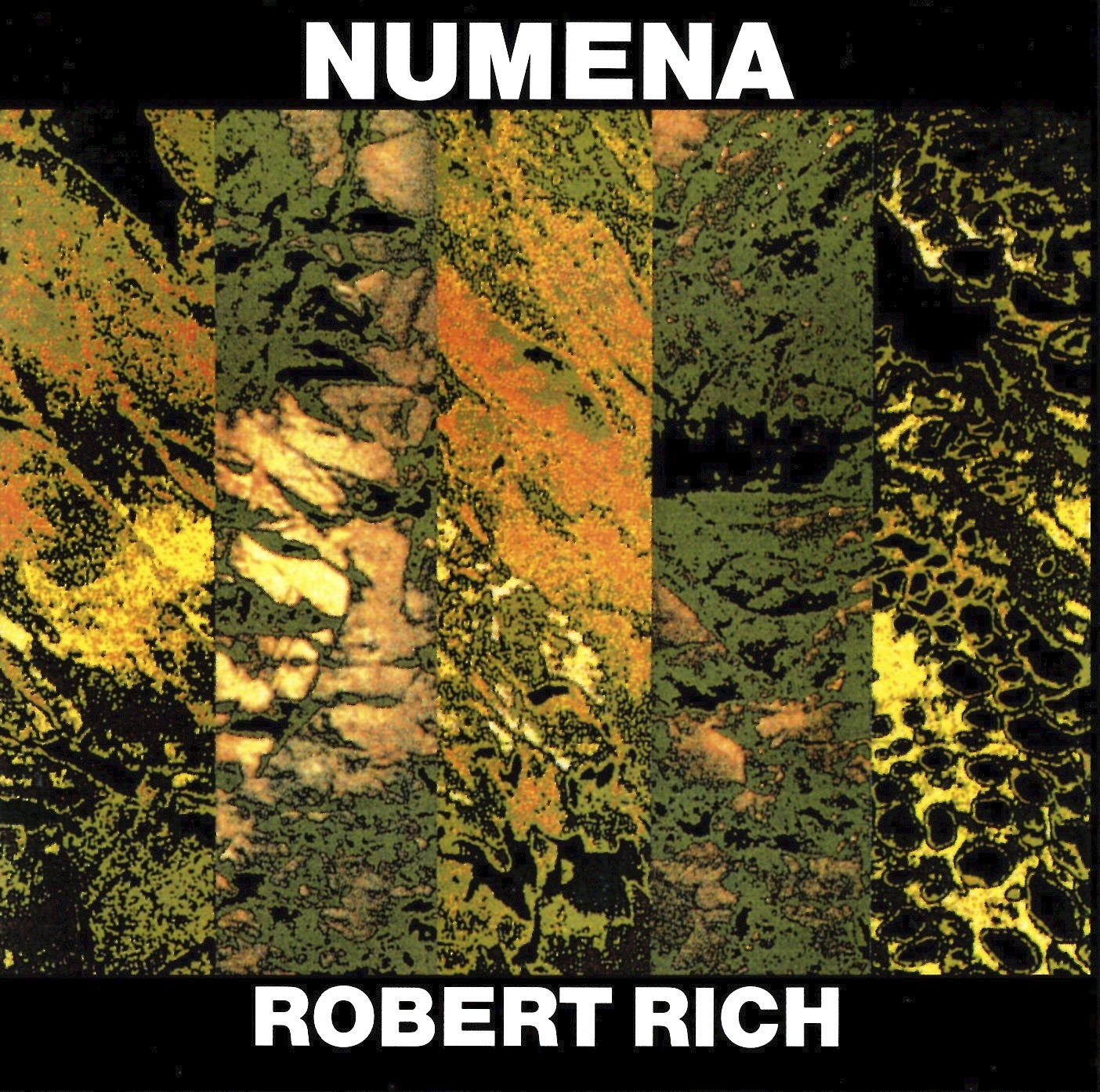
1988 first CD pressing of Numena, on French label Badlands (BAD001)
This is the first CD edition of Numena, the second edition after the Multimood LP. It came out in 1988 as the first title on Serge LeRoy’s Badland Records, using the same masters as the Swedish LP version from the previous year. These early mixes sound quite a bit more dry and bright than the later remixes I made for the Linden version in 1993. It’s now quite rare, although I think the later versions sound significantly better.
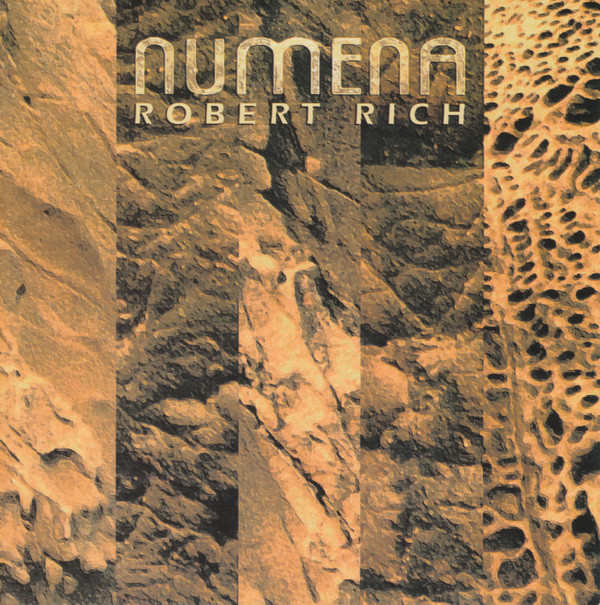
1994 Second CD edition of Numena on Linden (LM2012), remixed and remastered
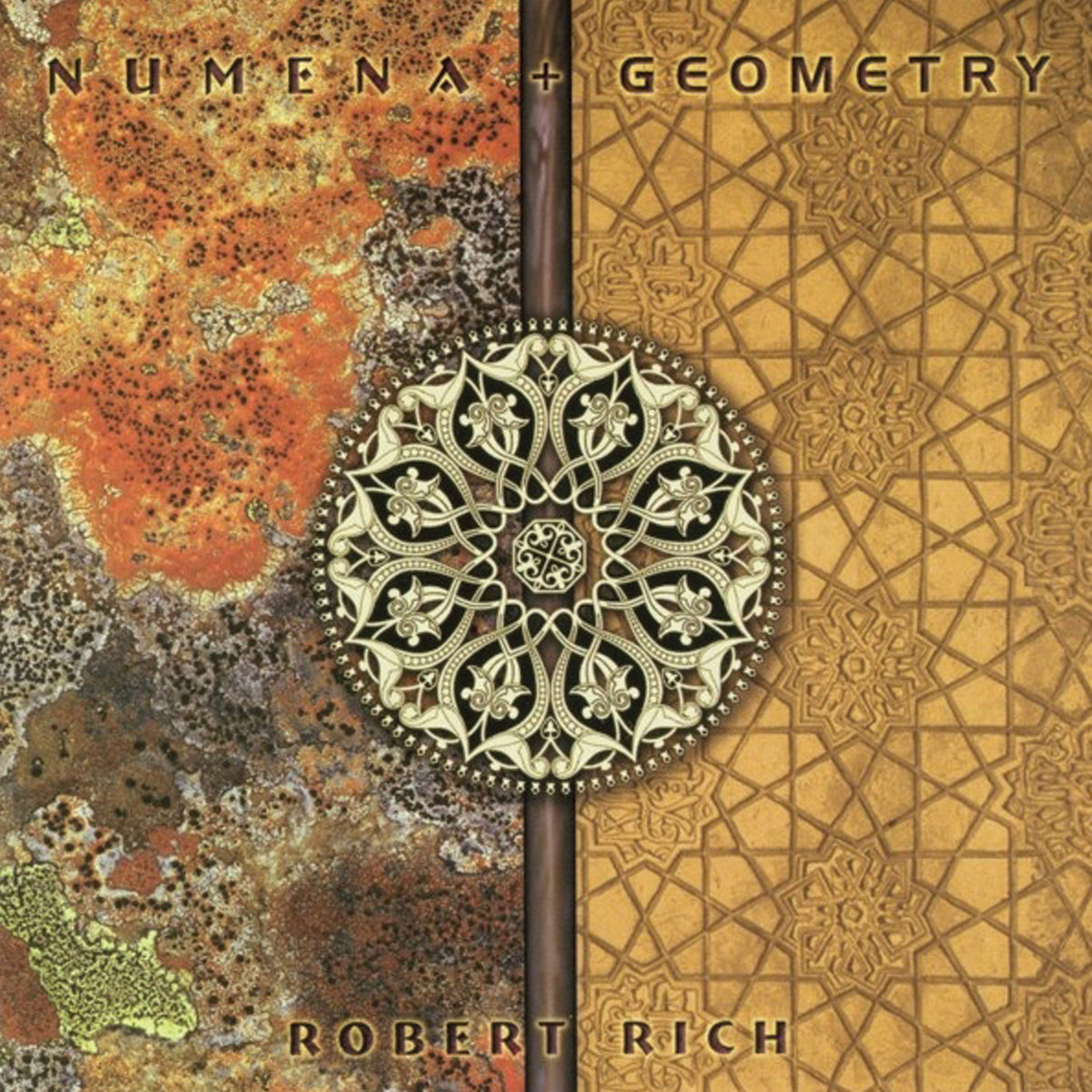
1997 2CD Release on Hearts of Space “Numena + Geometry” with remastered versions of both albums. This one is still in print as of 2020.
Notes from the 1997 Numena/Geometry reissue on Hearts of Space:
I completed Numena and Geometry during a time of change and solidification in my life and in my musical style. Musically, these albums marked my transition from the slow-motion improvisational drones typical of my sleep concerts, into a more melodic and rhythmically complex approach. I was beginning to focus more on microtonal tuning systems, and I wanted to explore new musical structures that complimented the intonation, without seeming academic or purely intellectual. I had also come to feel that my earlier drone music required a specialized mode of listening, and I wanted to start making music that people could understand on more levels, while still retaining an element of hypnotic energy. I also gave myself permission to reflect the influences of some of the music that had inspired me: in particular, Terry Riley, Harry Partch, J.S. Bach and Javanese Court Gamelan.
There is a tension that lives inside of me and always manages to percolate through my music. Perhaps this tension reflects the archetypal Jungian dichotomy of masculine and feminine, or Taoist Yin and Yang, but I prefer to call it “shimmer” and “glurp.” Shimmer symbolizes a sort of organizing principle hidden behind appearances, and seems to manifest itself sonically in the more expansive, symmetrical, and airy musical structures. Glurp reflects the organic manifestations of liquid, squelching lifeforms, the experience of animal existence, and creeps into the music as a sort of gurgling, rubbery sensibility, with timbres that melt and droop like Dali’s watches.
On Numena and Geometry, I began to consciously explore this sonic duality. I allowed the dichotomy to show itself in high contrast, through the juxtaposing of two very different stylistic realms. On one hand, the interlocking cyclic melodies and exuberant optimism of the more active pieces evoked for me a spirit of unity and hidden structure; on the other hand, the inward exploration of shadows and dripping subterranean dreamscapes expressed my obsession with biomorphic complexity. (It’s not always so simply delineated – Moss Dance and Geomancy explore the rhythmic side of a ritualized organic dimension, while Geometry of the Skies, Amrita, and The Walled Garden reflect an expansive cosmos through layered drones.) Of course, as with any music, the listener’s own experiences may differ quite a bit from mine.
In retrospect, I could criticize this approach for leading to albums that have a split personality, with wild mood swings from synthetic to organic, outer to inner, light to dark. However, at the time I preferred not to resolve the duality. I had hoped to craft a journey through purified realms of experience, intending to leave a residue of understanding, an internal unification of these two realms. This tension between symmetric and organic hopefully created a sort of question, to be resolved through active listening and though the creative involvement of the listener.
Robert Rich, 1997
STAR’S END Update 03.31.24
by Chuck Van Zyl
Prior to the initial issuing of NUMENA (51:05) on LP by Multimood Records in 1987, Robert Rich was known primarily for his all-night sleep concerts and slow motion drone cassettes. Rich took his music a step forward on this vinyl debut by placing an emphasis on the textures, atmospheres and possibilities derived from a wider range of instruments. Announcing a new area of creative expansion we find NUMENA to be richly imagined. There is something elevated about its quiet reverence for the world around us. While previously Rich’s minimal work required a specialized mode of listening, NUMENA could be understood on other levels, yet still managed to retain many elements of hypnotic energy. With a more melodic and rhythmically complex approach he crafts four distinct journeys through purified realms of experience. Into this wilderness of sound we are welcomed by the side-long The Other Side of Twilight. A dream of ancient rites, modern omens and extant hope, here Rich puts forth a magical, mystical sequencer run building and receding beneath slowly sweeping synth pads and deep electronic tones. Once through the semi-darkness the remaining three tracks each open up and explore their own mythic sonic space. With it diffuse sustaining notes, primal percussion and reverberant field recordings this album side introduces harmonic structures in Just Intonation. Flutes blown whisper soft, or layered with additional harmonics, the resulting emanation is strange and wonderful – evoking the metaphysical dimensions within the player. Weaving a connection between human cultures both past and present these works feel as if part of some secret ceremony – evoking an ethereal doorway into mind and mood. NUMENA is a singular act of artistic imagination. It contains light, which illuminates a path, and remains meaningful to all who seek it out – still vibrant and pulsing with quiet energy in any age.

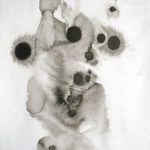


You must be logged in to post a comment.